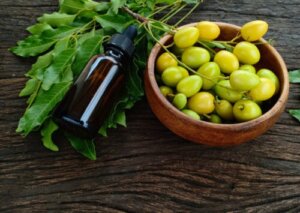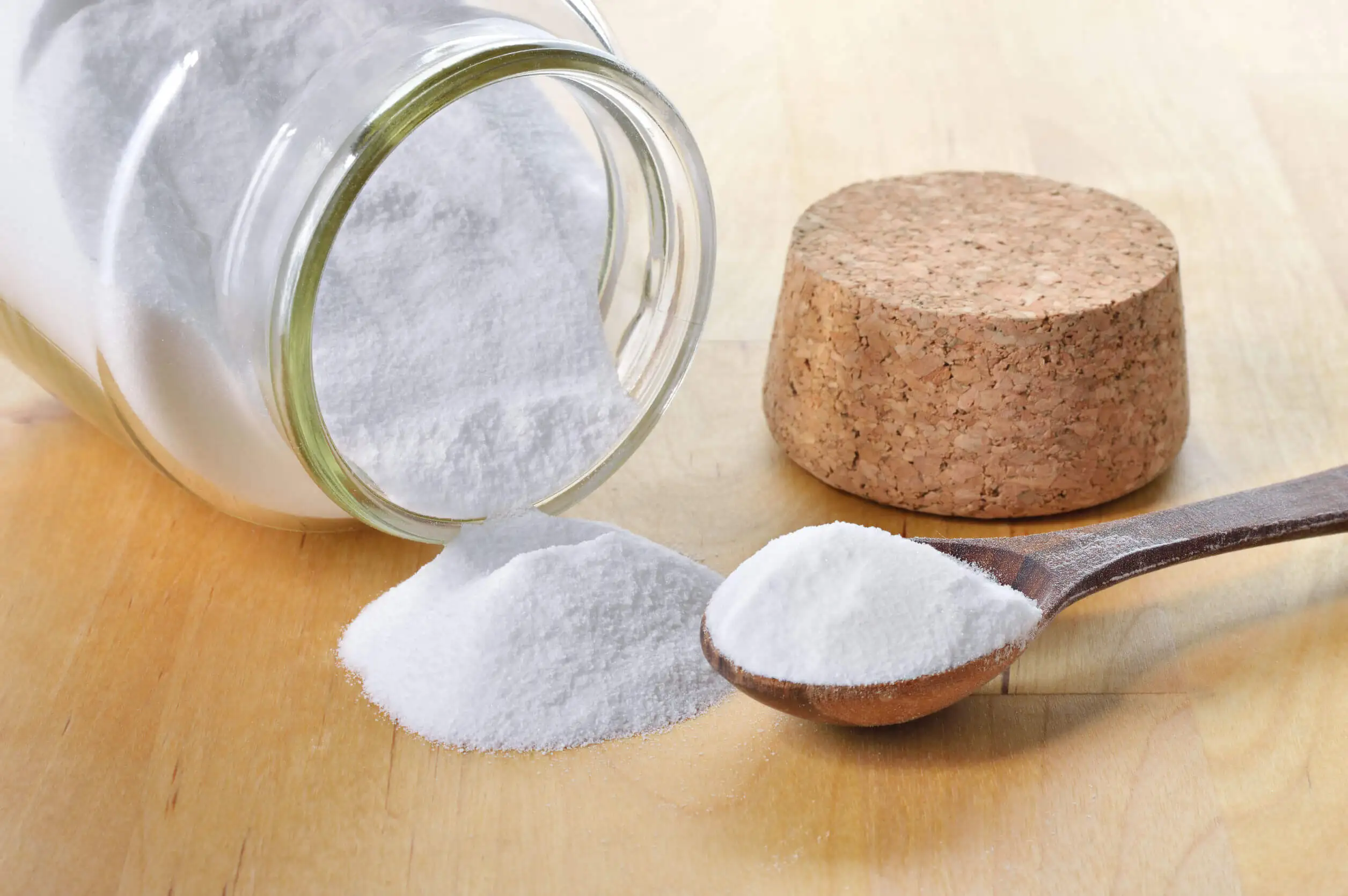How to Use Neem Oil to Look After Your Garden Plants

Insects, mites, and fungi wreak havoc in the plants that you look after with so much love and dedication. Even experts suffer from these pests. Fortunately, neem oil can come to your rescue and help you in these situations. Read on to find out more about the oil and how it can help.
Neem extract, as it’s also known, is a vegetable oil obtained from the seeds and fruits of the Indian nimbus, a tree native to India and Burma that can grow to a height of 15 to 20 meters (50 to 65 feet). Its names are varied: Indian margosa, neem tree, Indian lilac, and Azadirachta indica, which is its scientific name.
Neem oil has many uses. Some use it for medicinal purposes and it’s also popular in the cosmetic industry. So how does neem oil help you to look after your plants? Well, it’s a natural insecticide. Keep reading and we’ll explain all.
How does neem oil help in plant care?
According to the U.S. Environmental Protection Agency (EPA), neem oil contains azadirachtin, an active substance that affects the life cycle of insects.
It isn’t surprising that it’s used to control pests such as whiteflies, aphids, Japanese beetles, moth larvae and scale insects. It’s also considered an acaricide, as it’s capable of killing mites.
On the other hand, the hydrophobic clarified extract of neem oil also acts as a fungicide. Thus, it kills fungi and the diseases they cause (black spot, for example).
Discover more here: Plant Pests and Diseases
When to use neem oil?
Although some insecticides can’t be used during the planting season, this isn’t the case with neem oil. But you may be wondering what the most appropriate times of day are to spray this natural pesticide? The answer is at dawn and dusk.
This is because the insects that are beneficial to plants aren’t active at these times. Also, if you use it at the hottest times of the day, the heat combined with the extract can burn the leaves.

The correct way to use neem oil to care for plants
In addition to keeping insects, mites, and fungi off your plants, neem oil is very easy to use. We’ll tell you what you need and how to do it.
Ingredients
- 1 gallon of warm water
- Garden sprayer or spray bottle
- 1 or 2 teaspoons of mild dish soap
- 1 or 2 tablespoons of neem oil. It can be neat or raw, but cold-pressed.
Step by step instructions
- Take your sprayer, add 1 or 2 teaspoons of detergent to the gallon of warm water, and stir. The soap is used as an emulsifier, as the oil doesn’t mix well with water.
- After that, add the neem oil slowly and mix.
- Spray the plants, making sure you cover both the top and bottom of the leaves. The leaves should be wet and dripping. If you prefer, you can use gloves.
- Repeat the process every 7 to 14 days if it’s a preventive measure. If the plants are infested, it should be every 7 days without fail.
Useful tips
Generally speaking, you already know all you need about how to use neem oil to take care of your beloved plants. However, there are other helpful tips you should consider to ensure you don’t harm any of your plants.
- Don’t overdo it! Spraying too much, especially at midday or on plants that are exposed to the sun most of the day, may cause foliage burns.
- Avoid spraying the extract on seedlings, i.e. those in their early stages of development. They could also get burned.
- Prepare the mixture of oil, soap, and water the same day you’re going to use it. Otherwise, it will become lumpy.
- You can use a mint liquid soap or add a few drops of peppermint oil to the mixture, as this fragrance also serves to repel insects.
- Consider using potassium soap. This is another emulsifier that can be useful, thanks to it being a known natural insecticide.
- Include some baking soda in the mixture. This is an ingredient that helps kill fungus.
- You can also use the extract to spray trees. Species such as flowering dogwood, for example, are very prone to ash.
- For plants that are badly affected, it’s permissible to wet a sponge or rag with the mixture and wipe the damaged leaves. This can save them.

Read also: These 10 Ground Cover Plants Can Replace a Lawn in Your Garden or Yard
Neem oil: a reliable insecticide to take care of your plants
Natural insecticides are appreciated for many reasons, but arguably the most important reason is that they kill pests without causing damage to our beloved plants. That being the case, it’s no surprise that they’re among a gardener’s favorites.
One of these favorites is neem oil and now you know why! If you use it correctly, it’ll become a great ally.
All cited sources were thoroughly reviewed by our team to ensure their quality, reliability, currency, and validity. The bibliography of this article was considered reliable and of academic or scientific accuracy.
- Azadirachtin (121701) Clarified Hydrophobic. Extract of Neem Oil (025007) Fact Sheet. Environmental Protection Agency. https://www3.epa.gov/pesticides/chem_search/reg_actions/registration/fs_G-127_01-Oct-01.pdf
This text is provided for informational purposes only and does not replace consultation with a professional. If in doubt, consult your specialist.








